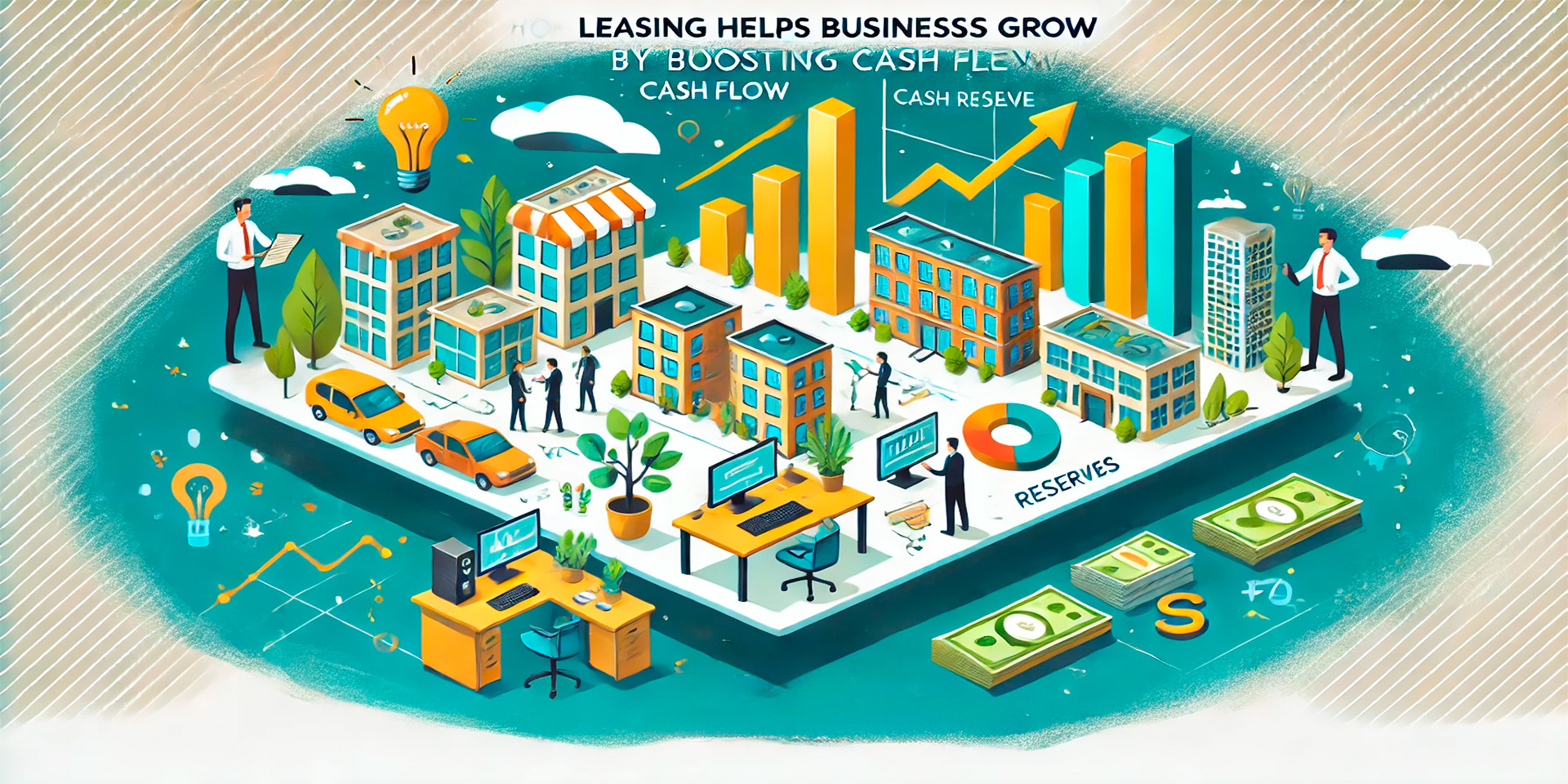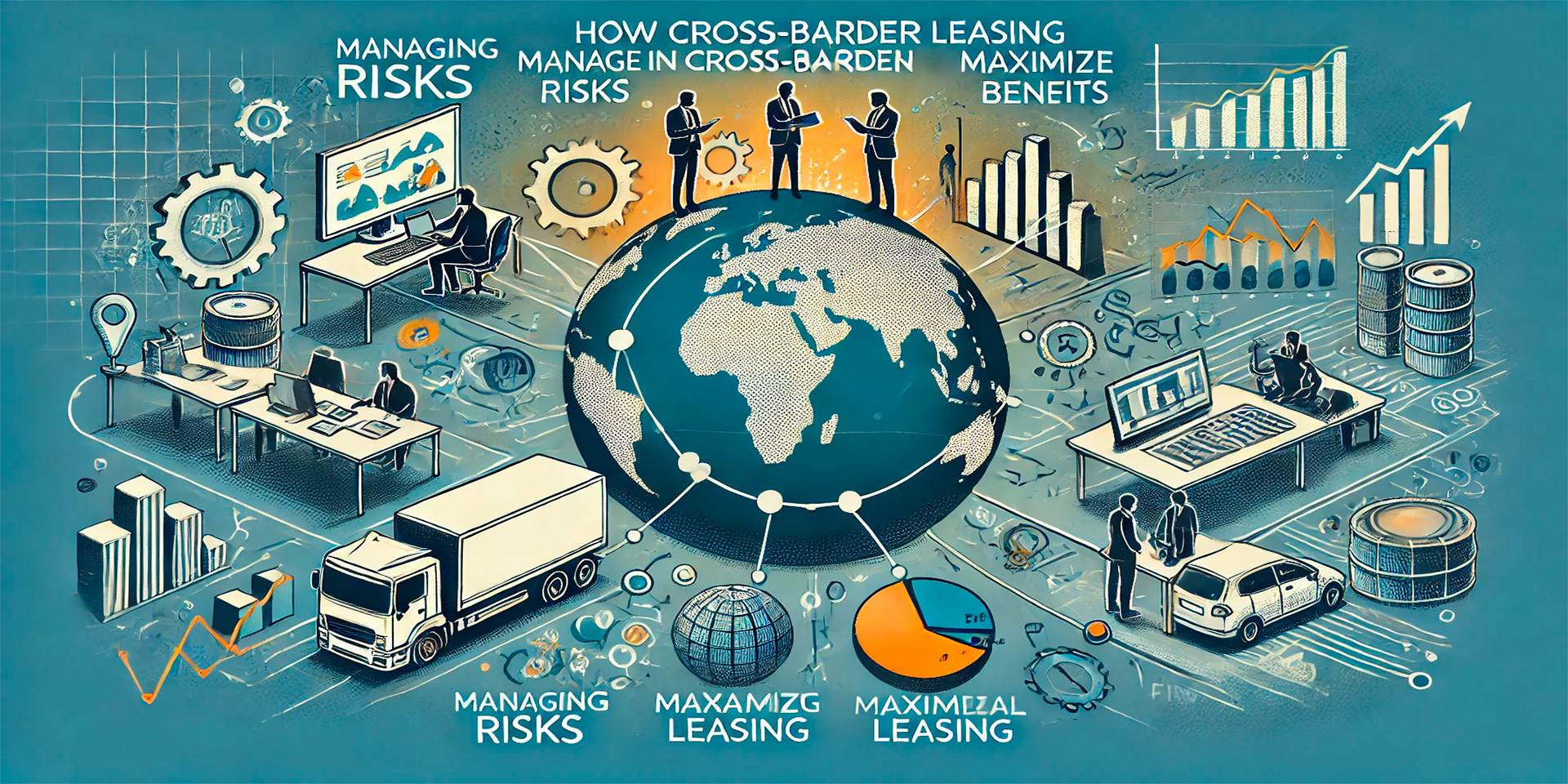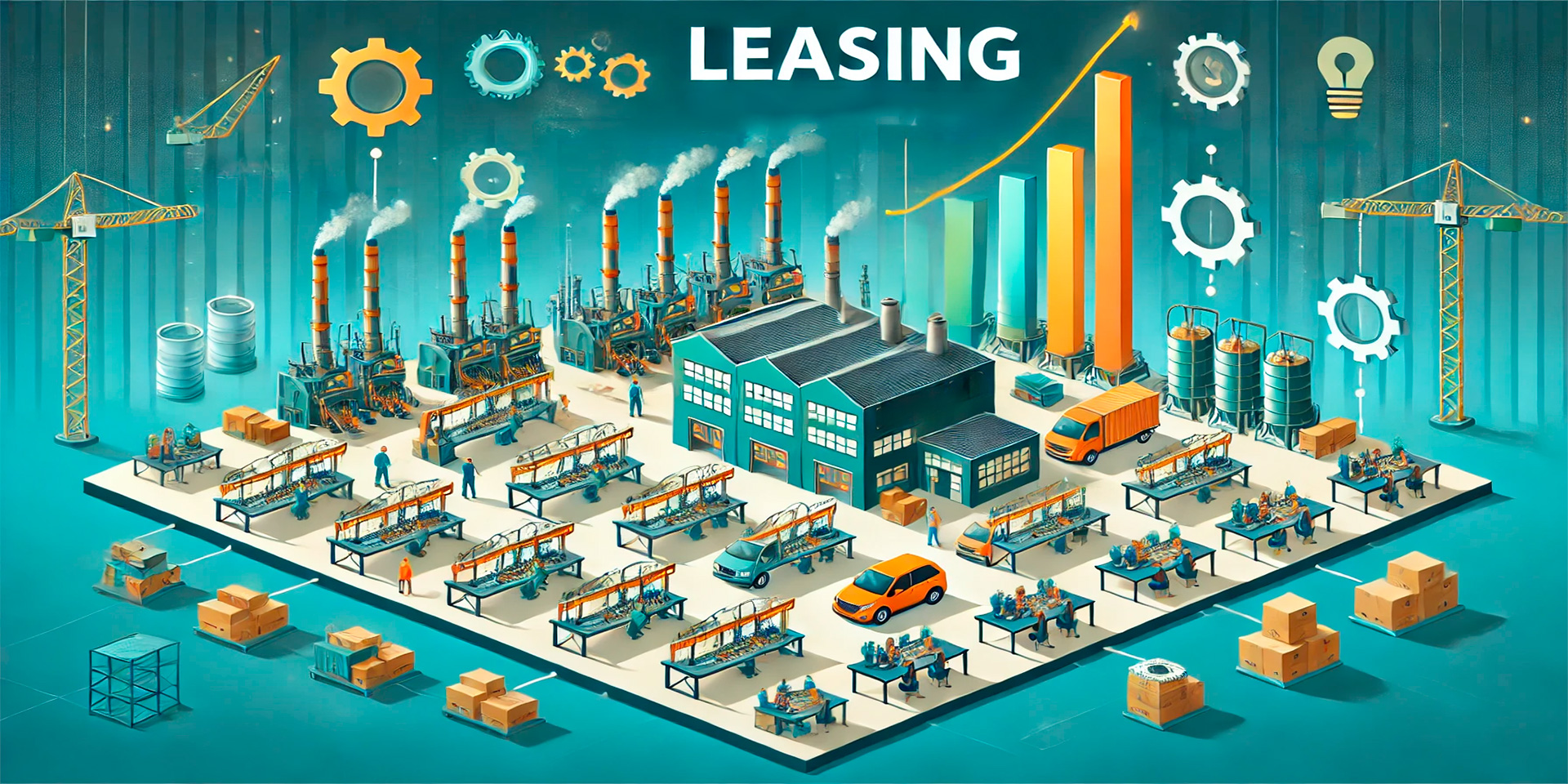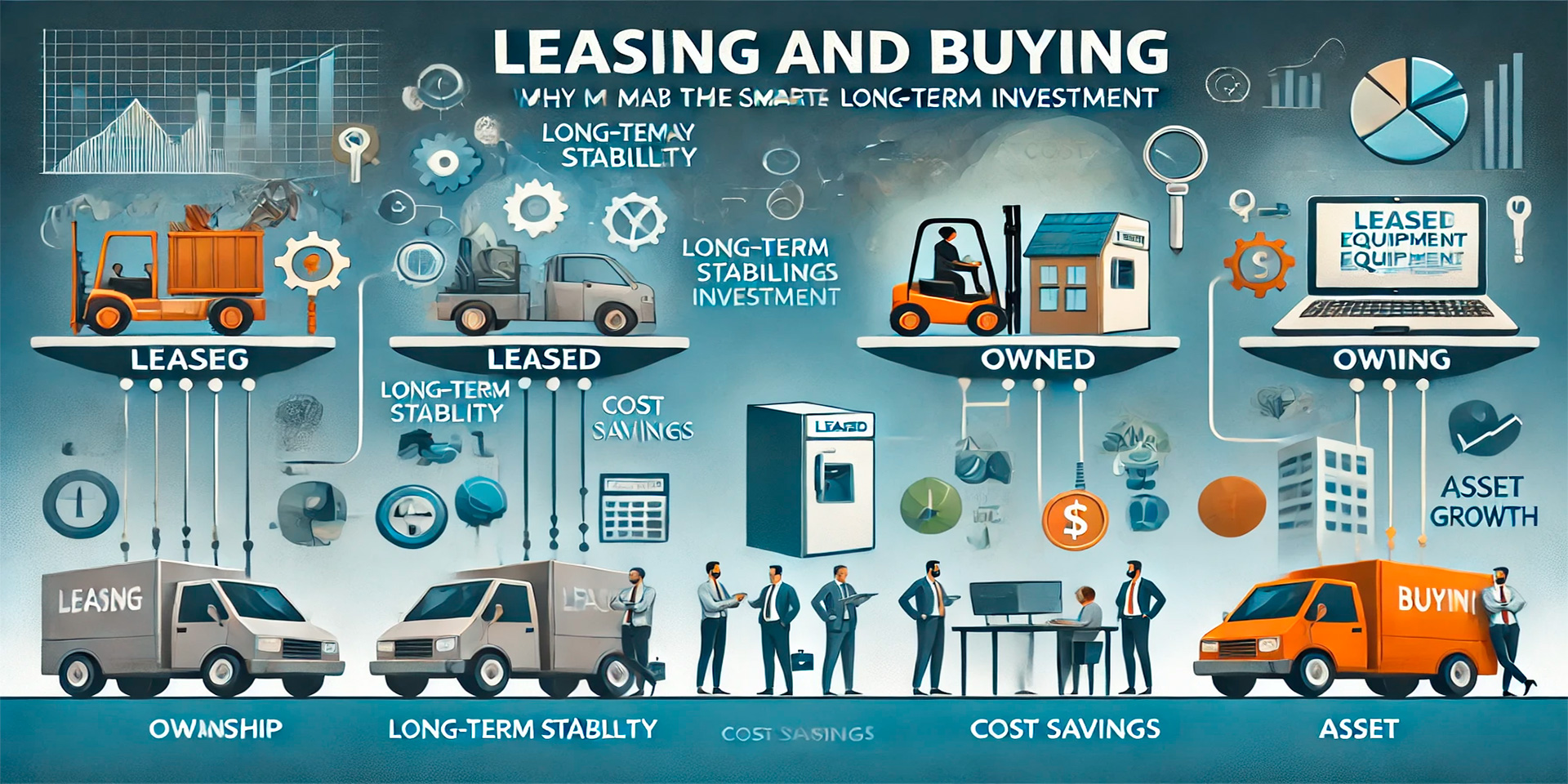For growing businesses, maintaining strong cash flow is essential to fund expansion, hire new employees, and invest in new markets. One effective strategy for preserving cash flow while acquiring necessary assets is leasing. Rather than making large upfront payments to purchase equipment, vehicles, or property, businesses can lease these assets, spreading the cost over time. This approach provides flexibility and allows companies to redirect capital toward growth initiatives.
In this article, we explore how leasing can help businesses improve their cash flow, enabling them to scale efficiently and sustainably.
Reduced Upfront Costs
One of the most immediate benefits of leasing for growing businesses is the reduction in upfront costs. Purchasing equipment or property requires significant capital outlays, which can strain cash reserves and limit a company’s ability to invest in other areas. Leasing, on the other hand, typically involves lower initial payments and spreads the cost over the lease term, allowing businesses to retain more cash for operational needs and growth opportunities.
For example, a company expanding its operations may need new equipment but cannot afford the immediate costs of purchasing it outright. By opting to lease, the company can acquire the equipment with minimal upfront investment, using the saved capital to invest in marketing, product development, or hiring additional staff.
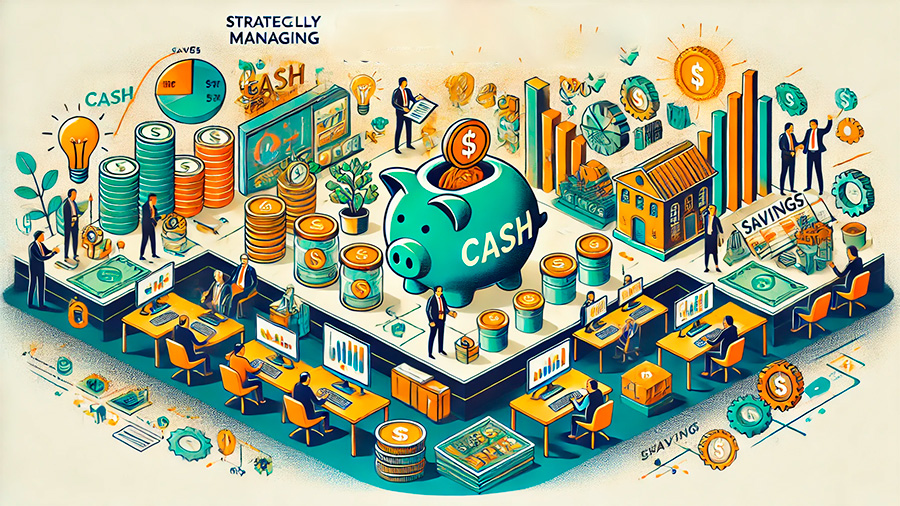
Preserving Cash for Growth Initiatives
Growing businesses often need to allocate capital to initiatives that drive expansion, such as entering new markets, launching new products, or increasing production capacity. Leasing frees up cash that would otherwise be tied up in asset purchases, giving businesses the financial flexibility to focus on these critical growth initiatives.
For instance, a manufacturing company leasing production machinery can use the capital saved from avoiding upfront purchase costs to fund a new product line or invest in sales and distribution networks. This ability to preserve cash flow while still acquiring necessary assets allows companies to grow without overstretching their financial resources.
Predictable Monthly Payments
Leasing offers businesses the advantage of predictable, fixed monthly payments, which makes budgeting and cash flow management much easier. Unlike owning assets, where maintenance costs, depreciation, and other unexpected expenses can impact cash flow, leasing provides consistency in payment terms. This predictability allows businesses to plan more effectively for future expenses and focus on long-term growth strategies.
For growing businesses, managing cash flow with predictable lease payments means fewer financial surprises, allowing companies to allocate resources with confidence and maintain stable operations. This financial stability is especially valuable for businesses operating in volatile markets or those experiencing rapid growth.

Access to the Latest Technology Without Large Investments
Another advantage of leasing is the ability to access the latest equipment and technology without making large capital investments. In industries where technology evolves quickly, purchasing equipment can lead to asset obsolescence, requiring additional investments to stay competitive. Leasing allows businesses to stay up-to-date with the most efficient tools and equipment without the risk of owning outdated assets.
By upgrading leased equipment at the end of a lease term, companies can remain competitive, increase efficiency, and avoid the costs associated with selling or disposing of outdated equipment. For example, a tech company leasing computers or servers can upgrade to newer, faster models as they become available, ensuring that their infrastructure supports continued growth without requiring large capital outlays.
Minimized Maintenance and Repair Costs
Many leasing agreements include provisions for maintenance and repairs, which can reduce the financial burden on businesses. Owning assets requires businesses to cover the cost of repairs, maintenance, and eventual replacements, all of which can drain cash flow. Leasing shifts much of this responsibility to the lessor, minimizing unexpected expenses and allowing businesses to focus on growth.
For growing companies, avoiding large, unplanned maintenance costs helps maintain healthy cash flow and reduces the risk of operational disruptions. For example, a logistics company leasing a fleet of vehicles can rely on the lessor for regular maintenance and repairs, freeing up resources to invest in expanding their delivery network.
Tax Benefits and Financial Flexibility
Leasing can also provide tax advantages that improve cash flow. Lease payments are typically treated as operating expenses, meaning they can be deducted from taxable income. This reduces a company’s tax liability and improves overall cash flow. In contrast, businesses that purchase assets may only deduct depreciation and interest, which may not offer the same immediate financial relief.
Moreover, leasing allows businesses to avoid the risks associated with asset depreciation. Since the lessor retains ownership of the asset, the business is not impacted by the decline in asset value over time. This financial flexibility ensures that companies can focus their resources on growing the business without being tied to depreciating assets.
Conclusion
Leasing provides growing businesses with a strategic way to maintain strong cash flow while acquiring essential assets. By reducing upfront costs, offering predictable payments, and minimizing maintenance expenses, leasing allows companies to allocate capital to growth initiatives and improve their financial flexibility. For businesses looking to scale efficiently, leasing can be an essential tool in maintaining the liquidity needed to achieve sustainable growth.

